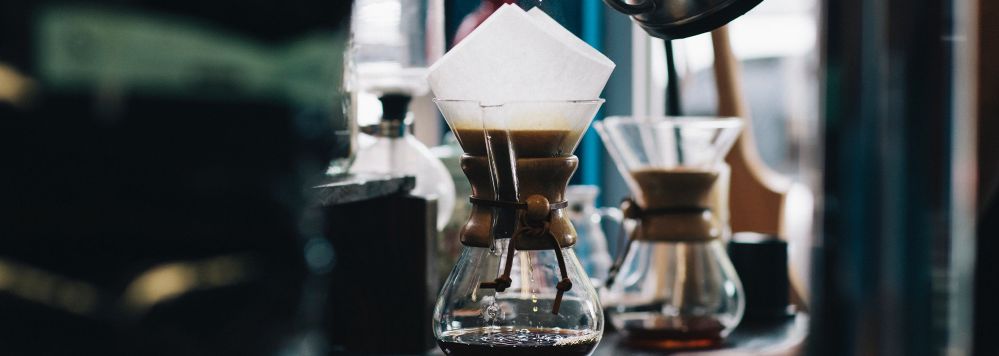 |
 PRODUCTS
ABOUT
OUR STORY
LEARN
PRODUCTS
ABOUT
OUR STORY
LEARN
SUBSCRIPTION
|
 |
 |
 PRODUCTS
ABOUT
OUR STORY
LEARN
PRODUCTS
ABOUT
OUR STORY
LEARN
SUBSCRIPTION
|
 |

The big Island of Hawaii is home to the renowned Ka’u Coffee region. Enjoy the rich flavor of BOAR Coffee, grown in the fertile volcanic soil on the slopes of Mauna Loa.
A coffee bean is actually a seed. If the seed isn't processed, it can be planted to grow into a coffee tree. The seedlings require daily care and watering until they are hearty enough to be permanently planted in the volcanic soil where the trees will eventually blossom and yield coffee cherries.
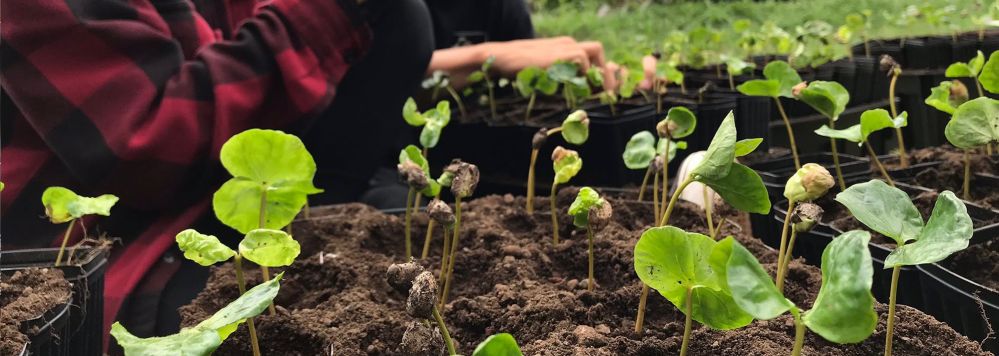
Depending on the variety, it will take approximately two to three years for the newly planted coffee trees to bear fruit. The fruit, called the coffee cherry, turns a bright, deep red when it is ripe and ready to be harvested.
We selectively pick by hand only cherries which are at the peak of ripeness. Pickers rotate among the trees every eight to ten days. This kind of harvest is labor intensive and more costly.

Once the cherry has been picked, processing must begin as quickly as possible to prevent fruit spoilage. First, the freshly harvested cherries pass through a pulping machine to separate the skin and pulp from the bean. Then the beans are separated by weight as they pass through water channels. The lighter beans float to the top, while the heavier ripe beans sink to the bottom. After separation, the beans rest in a water-filled fermentation tank. While resting, naturally occurring enzymes will cause the slick layer of mucilage (called the parenchyma) that is still attached to the parchment to dissolve. The beans are rinsed by going through additional water channels, and are ready for drying.
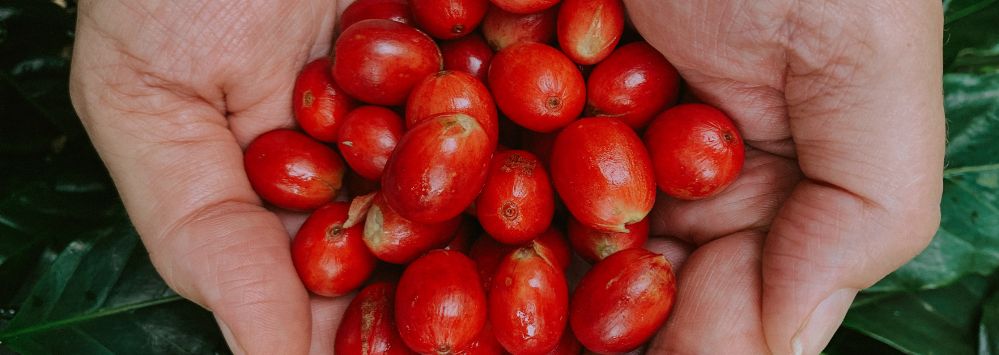
The pulped and fermented beans must now be dried to approximately 11% moisture to properly prepare them for storage. These beans, still inside the parchment envelope (the endocarp), can be sun-dried by spreading them on drying tables or floors. The dried beans are known as parchment coffee, and are carefully stored in a humidity controlled environment.

Hulling dry processed coffee refers to removing the entire dried husk by machinery.
Grading is done by size and weight. Beans are also reviewed for color flaws or other imperfections. Finally, defective beans are removed by hand, ensuring that only the finest quality coffee beans are sold.

Roasting transforms green coffee into the aromatic brown beans as the caffee, a fragrant oil locked inside the beans, begins to emerge. This process called pyrolysis is at the heart of roasting — it produces the flavor and aroma of the coffee we drink. Roasting is a combination of artistic skill and scientific understanding.
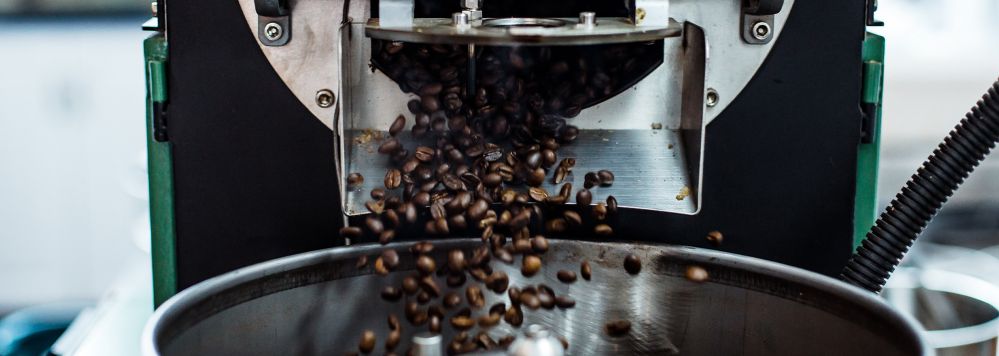
After roasting, the beans are cooled and packaged in resealable coffee bags with a one way degassing valve that allows CO2 to exit while restricting oxygen to enter. Here is the recommended resting times, depending on your brewing method. The longer the contact of water to the coffee grounds the shorter the resting period is necessary.
• Espresso Machine – rest 7 to 14 days off roast
• Pour Over / Filter – rest 2 to 7 days off roast
• Aeropress – rest 2 to 7 days off roast
• French Press – rest 2 days off roast
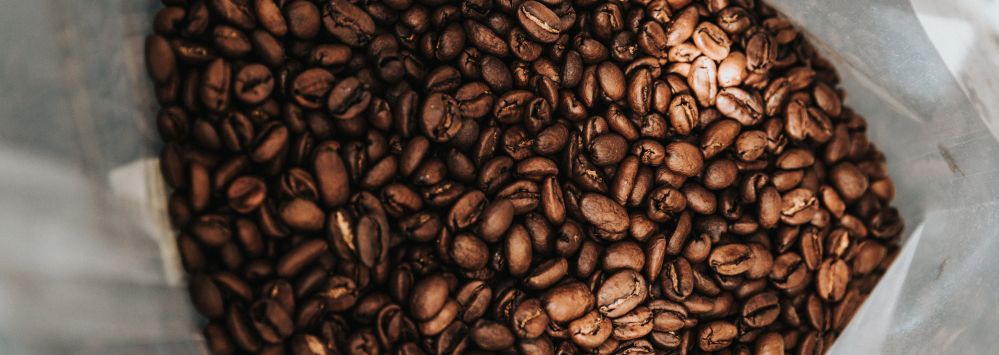
The objective of a proper grind is to get the most flavor in a cup of coffee. How coarse or fine the coffee is ground depends on the brewing method. Generally, the finer the grind, the more quickly the coffee should be prepared. That’s why coffee ground for an espresso machine is much finer than coffee brewed in a drip system. Grind your coffee right before use for the best freshness.

The water you use is very important to the quality of your coffee. Use filtered or bottled water if your tap water has a strong odor or taste, such as chlorine. If you’re using tap water, let it run a few seconds before filling your coffee pot, and be sure to use cold water. Avoid distilled or softened water.
Safety first! Of course, take all necessary precautions for everyone. Your brewer should maintain a water temperature between 195 to 205 degrees Fahrenheit for optimal extraction. Colder water will result in flat, under-extracted coffee, while water that is too hot will also cause a loss of quality in the taste of the coffee. (However, cold brew does not need any heat.)
The amount of time that the water is in contact with the coffee grounds is another important flavor factor. In a drip system, the contact time should be approximately 5 minutes. If you are making your coffee using a French Press, the contact time should be 2-4 minutes. Espresso has an especially brief brew time — the coffee is in contact with the water for only 20-30 seconds. Cold brew, on the other hand, should steep overnight (about 12 hours). If you’re not happy with the taste of the final product, you're likely either:
Over-extracting - the brew time is too long
Under-extracting - the brew time is too short
Experiment with the contact time until you get the right balance for your taste and enjoy a rewarding cup of coffee.
